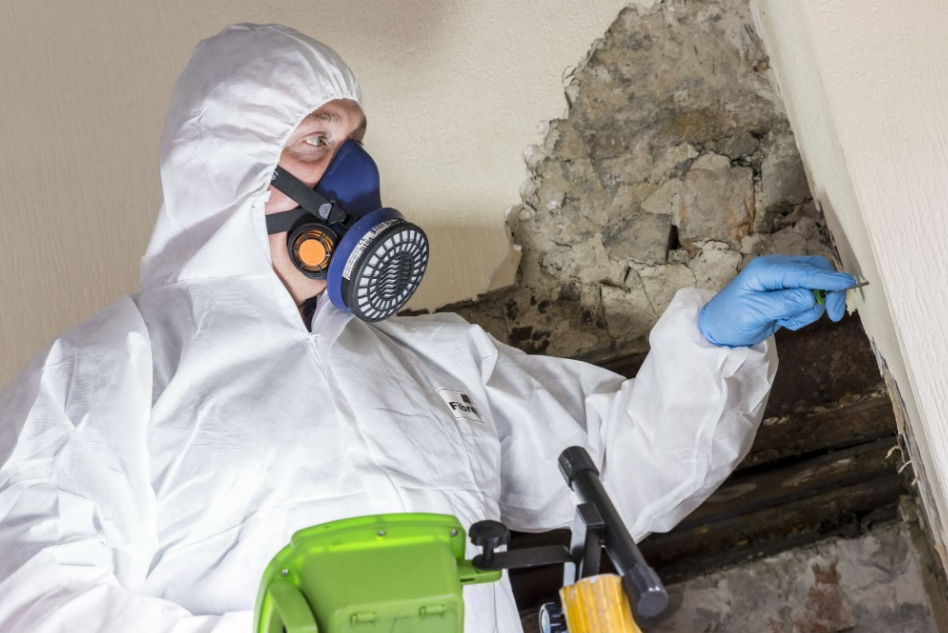The Ultimate Guide to Understanding Hearing Loss and Its Treatment

Hearing loss is an increasingly prevalent problem that affects individuals of all ages. According to the National Institute on Deafness and Other Communication Disorders (NIDCD), approximately 15% of American adults reported trouble hearing in 2015. As people age-related hearing loss becomes even more prevalent – 25% of people in their 60s have disabling hearing loss, increasing to 50% by age 75.
However, thanks to advances in technology and medicine, more effective treatment options for hearing loss than ever are now available. With proper diagnosis and care, many individuals with hearing loss can improve their communication ability and connect more freely with others. This guide offers an overview of causes, symptoms, diagnosis, and conventional and novel solutions for hearing loss.
What Causes Hearing Loss?
Hearing loss can stem from a wide range of factors, including:
Age-Related Hearing Loss
As we age, our inner ears begin to degrade and become less efficient at translating sound into neural signals sent directly to the brain. High-frequency sounds tend to be affected first; hence, older individuals often struggle to hear consonants.
Noise-Induced Hearing Loss
Long-term exposure to loud sounds, such as music, machinery or construction sites, can damage hair cells in the cochlea and result in permanent hearing loss that manifests either gradually over time or suddenly after acute exposure to loud noises. Noise-induced hearing loss may occur gradually or abruptly in response to extended or continuous loud exposure.
Ear Infections and Diseases
Ear infections – both bacterial and viral – can lead to temporary or permanent hearing loss if left untreated, while chronic conditions may damage both the middle and inner ears. Meniere’s disease also poses the threat of hearing loss.
Medications and Chemicals
Certain prescription drugs, such as aspirin, NSAIDs, antibiotics and chemotherapy agents, may damage hearing in detrimental ways. Chemical solvents and metals like mercury, lead or arsenic may also pose threats.
Genetics and Congenital Factors
Hearing loss may occur at birth or develop later due to genetic factors. Congenital disabilities, deformities or syndromes that impact ear development and function could also contribute to hearing loss.
Trauma
An injury to the ears that damages them can quickly lead to hearing loss, such as ruptured eardrums, dislocated middle ear bones or inner ear concussions.
Signs and Symptoms of Hearing Loss
The signs of hearing loss can be subtle at first. Symptoms might include:
- Difficulty hearing high-pitched voices like women’s and children’s voices
- Problems understanding conversations in noisy places like restaurants
- Frequently needing to ask others to repeat themselves
- Turning up the volume on the TV or radio higher than normal
- Trouble hearing consonants like “s”, “f”, and “t” sounds
- Withdrawing from social situations to avoid straining to hear
- Avoiding phone conversations because they are difficult to comprehend
As the hearing loss worsens, people may develop symptoms like:
- Inability to hear and engage in group conversations
- Missing parts of conversations that have moved to a different room
- Difficulty understanding speech without facing the speaker or reading lips
- Ringing, buzzing, roaring, or hissing sounds in the ears (tinnitus)
When to See a Doctor
Once you notice any symptoms of hearing loss, early intervention offers your best chance at correcting issues or halting further decline. Many hearing centres offer free screenings as an initial step.
If you experience sudden hearing loss in either ear, seeking medical advice immediately to restore hearing and avoid permanent damage is also crucial.
Routine hearing tests should be completed beginning at age 50 for adults or earlier if risk factors such as work-related noise exposure or family history suggest early hearing loss may exist.
Diagnosing Hearing Loss
A hearing care professional can use various tests to diagnose hearing loss:
Routine Hearing Screening
A simple audiometer headset screening delivers tones of different pitches and volumes into each ear. You signal when you detect the tone. This gives a general overview of your hearing ability in each ear.
Audiogram Test
This thorough test determines your hearing threshold levels across a full range of sound frequencies. You wear headphones and indicate when you hear varying soft and loud beeps. Plot your hearing on a graph.
Speech Recognition Testing
You repeat words spoken at different volumes to determine your speech discrimination ability. It helps assess how well you can understand speech.
Tympanometry
A test that measures how the eardrum responds to pressure changes. It can identify fluid or perforations that could be impacting hearing.
Acoustic Reflex Testing
Measures the reflexive contraction of the stapedius muscle in the middle ear in response to loud tones—checks neural feedback pathways to the brain.
After diagnostic testing, the audiologist or ENT will discuss the results, likely causes, and recommendations for treatment based on the type and severity of your hearing loss.
Conventional Treatments for Hearing Loss
Many types of hearing loss can be helped with the following conventional treatment approaches:
Hearing Aids
These electronic amplification devices make sounds louder to compensate for hearing loss. Some are programmable via smartphone apps and self-tuned based on acoustic feedback. New open-fit styles are barely visible.
Implantable Hearing Devices
For moderate to severe hearing loss, an audiologist may recommend implantable options like:
- Bone-anchored devices that transmit sound vibrations through the skull.
- Cochlear implants that stimulate the auditory nerve directly.
Medicine and Surgery
Medications or surgery can resolve conductive hearing loss caused by earwax buildup, ear infections, or other mechanical problems like a perforated eardrum.
Hearing Therapy
Custom listening activities and speechreading training with a therapist can help strengthen auditory processing and communication skills.
Innovative New Treatments
Cutting-edge research is developing exciting new ways to treat hearing loss, including:
Hearing Loss Gene Therapy
Injecting missing genes into the cochlea may someday restore lost hair cells. Gene therapy trials show promising results for certain genetic defects.
Stem Cell Regeneration
Implanting stem cells derived from the inner ear may enable regeneration of hair cells. Human trials are underway.
Nanoparticle Drug Delivery
Tiny, biodegradable nanoparticles could deliver drugs directly into inner ear hair cells to protect them from noise-induced and age-related damage.
3D-Printed Hearing Aids
Custom 3D-printed hearing aids fitted to your exact ear anatomy promise more comfort and personalised amplification.
Outlook for Hearing Loss
Thanks to ongoing research and modern technologies, prospects for treating hearing loss look bright. More solutions than ever exist now for managing hearing loss; therefore, it is vitally important that regular testing takes place, followed by seeking treatment as soon as any changes become noticeable. Early intervention allows many forms of hearing loss to be mitigated, helping keep social interaction alive and enhancing quality of life. Audi Hearing Clinic provides access to the latest diagnostic testing and innovative treatment options.





